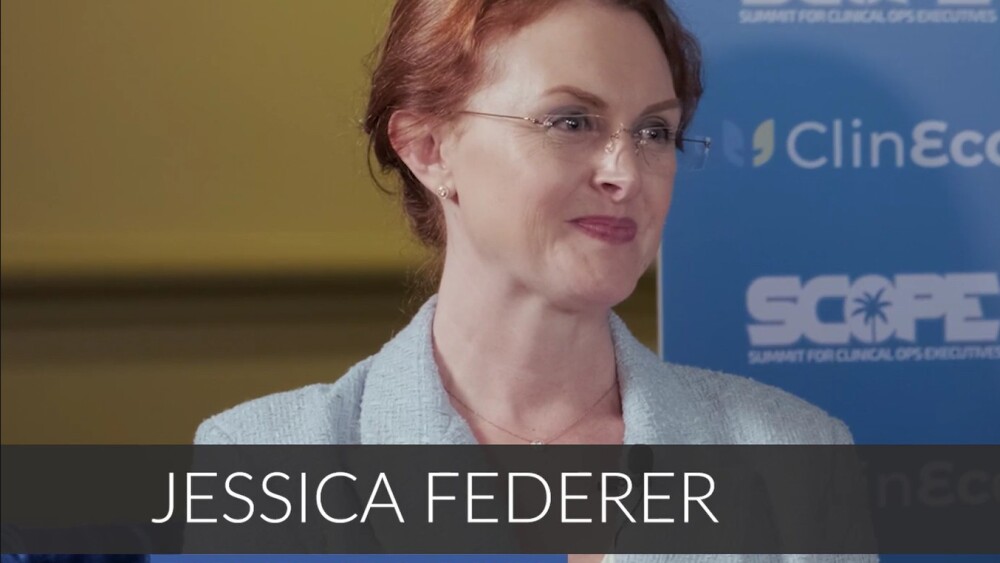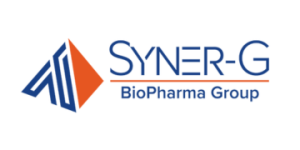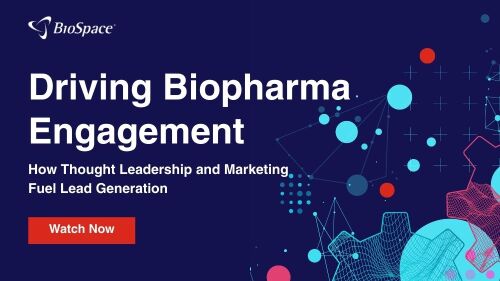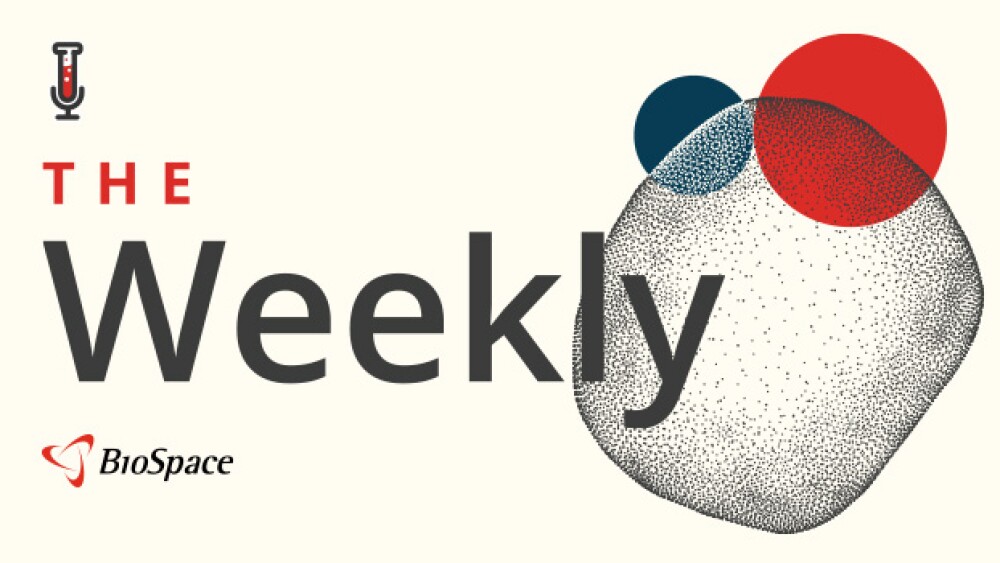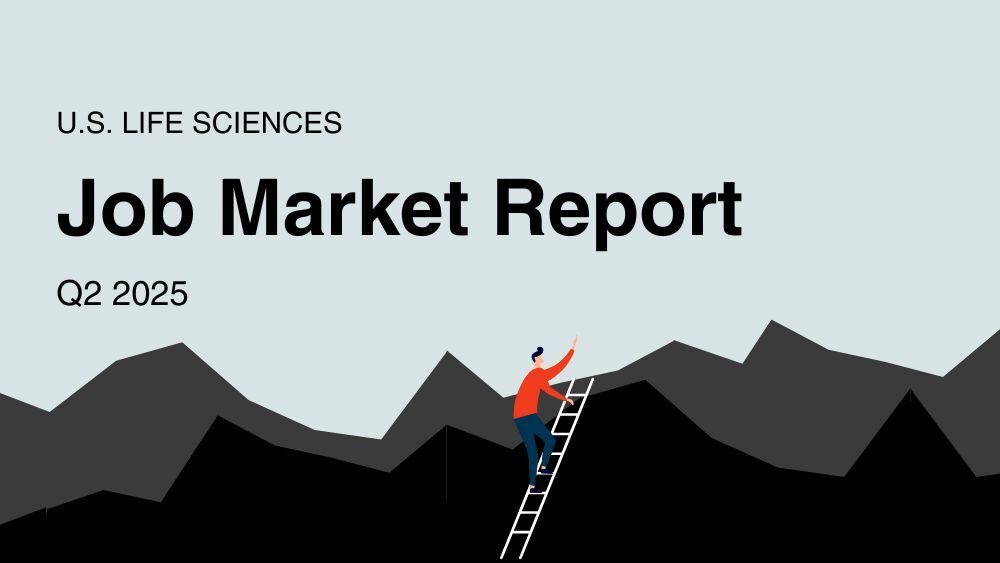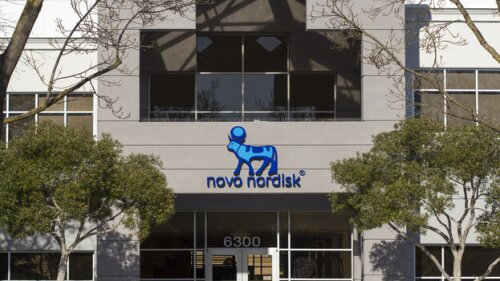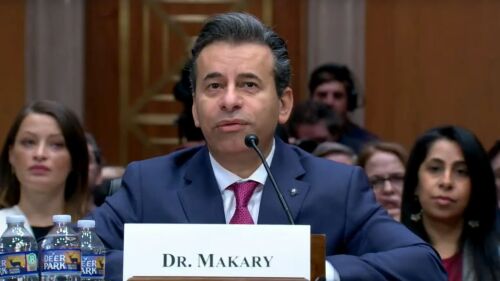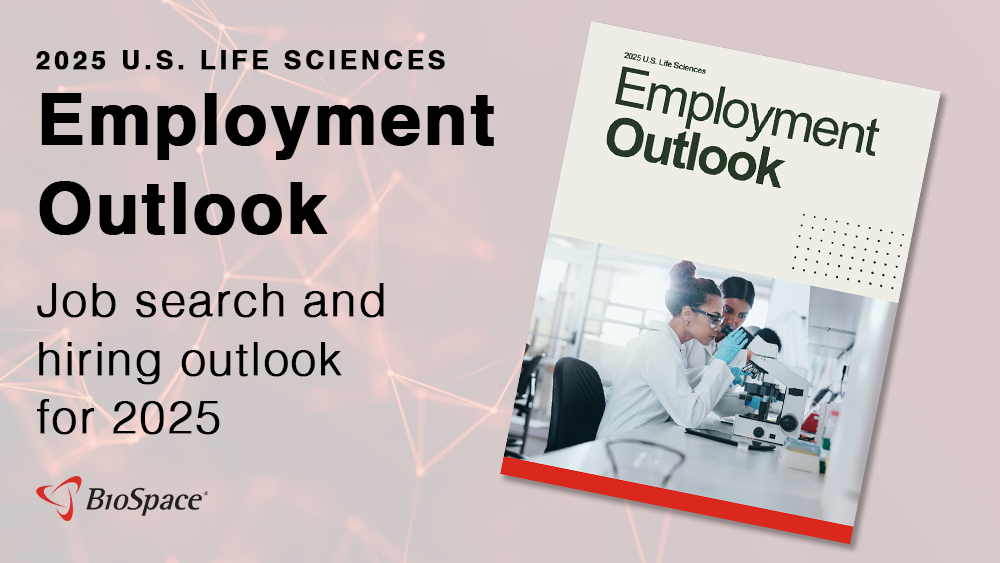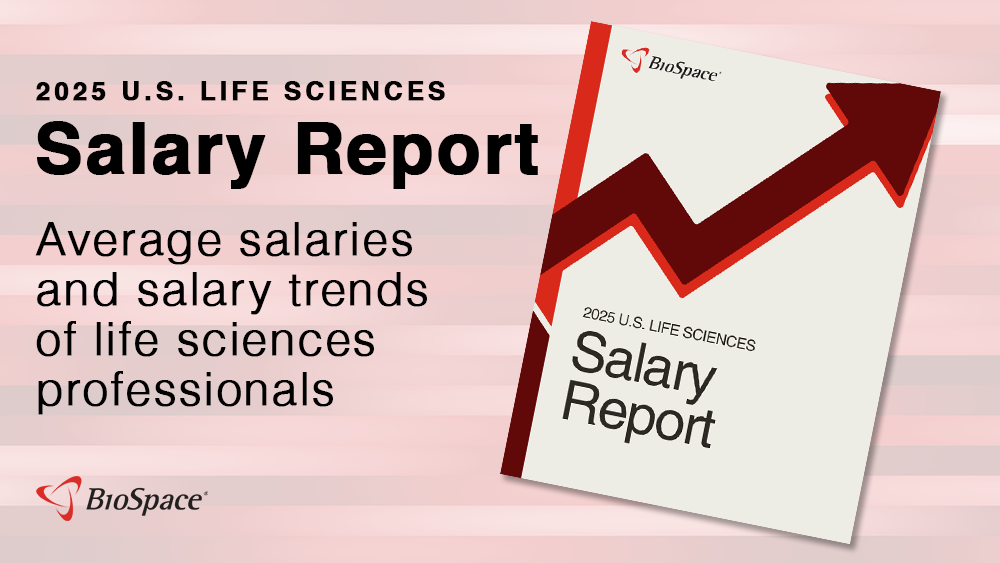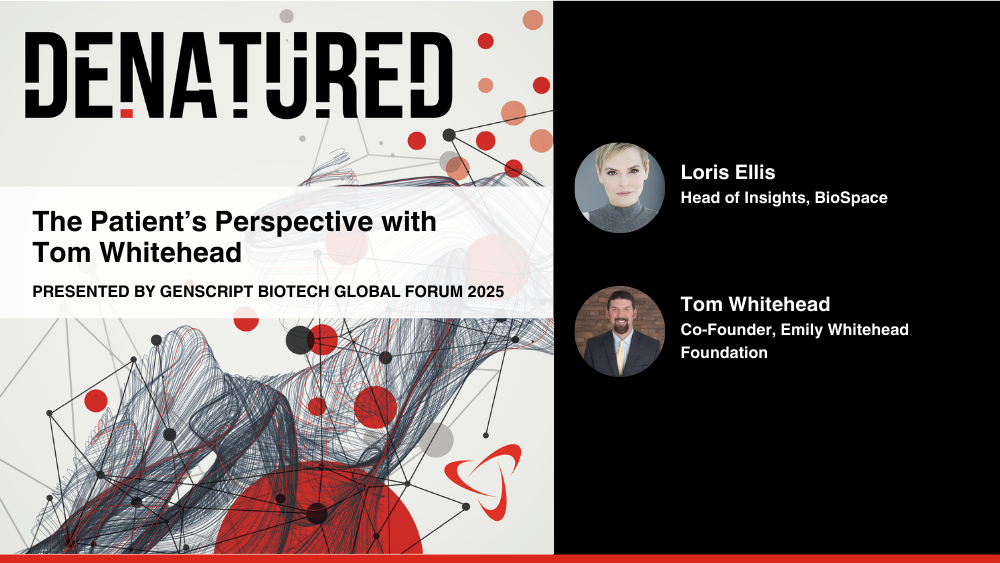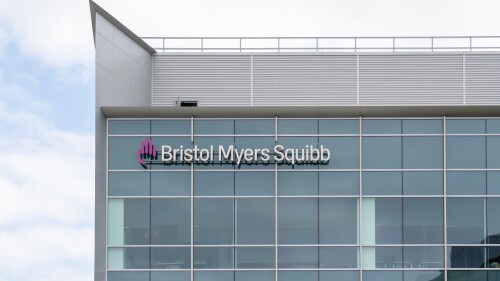While the deaths occurred in patients who had been treated with Agios’ anemia treatment Pyrukynd, the biotech insisted in an SEC filing midday Monday that the drug’s risk-benefit profile remains unchanged.
In an open letter, 22 experts who designed and ran Replimune’s Phase III IGNYTE trial answered the FDA’s issues, as outlined in the complete response letter for the melanoma candidate RP1.
According to reporting from multiple outlets, Richard Pazdur, head of the Oncology Center of Excellence at CDER, opposed the consensus opinion of CBER staff to approve the drug. Replimune’s stock has dropped precipitously since the rejection.
The company expects that the U.S. COVID-19 vaccination rate will be “maybe a couple of points lower” than the prior level of around 20% but that pricing and Comirnaty’s market share will hold steady.
The pivotal Phase II trial is testing Allogene’s CAR T candidate cemacabtagene ansegedleucel for large B-cell lymphoma. ALLO-647 was being used as a preparative lymphodepletion therapy.
Earlier this year, the Centers for Medicare and Medicaid Services scrapped a previous proposal, from the Biden administration, to include anti-obesity medications in Medicare Part D coverage.
FEATURED STORIES
While at SCOPE 2025, Sam Srivastava, CEO at WCG Clinical discusses the challenges and responsibilities of the life sciences industry in building public trust amidst growing anger towards healthcare.
ITF, IntraBio and Orchard are among the companies that have won FDA nods in the past year for Duchenne muscular dystrophy, Niemann-Pick disease type C, metachromatic leukodystrophy and more.
As it did during the COVID-19 pandemic, mRNA technology offers an efficient way forward in developing products for diseases that lack approved treatments.
As communication gaps in the US healthcare market widen, the emphasis on the need for credible information and patient empowerment is paramount.
As high prices and supply issues drive consumers to alternative markets for GLP-1s, physicians aren’t too interested in using these therapies to treat conditions like heart disease risk that have existing cheap standards of care.
SpringWorks Therapeutics sprung out of Pfizer’s storeroom, when a rare disease advocacy group pushed to keep a program for neurofibromatosis alive. This method could work for “every rare disease under the sun,” advocates say.
LATEST PODCASTS
This is the third episode of Denatured’s discussion on diversity, equity and inclusion. Here, our guests discuss imperatives around access and accountability.
Pfizer selects its candidate for the oral GLP-1 race as Eli Lilly strives to overtake Novo Nordisk in the injectable weight-loss drug space. Meanwhile, pressure builds to reduce drug prices in the U.S.
Eli Lilly becomes the latest to make a major investment in immunology and inflammation, while antibody-drug conjugate biopharma Myricx Bio nets a large Series A round and new research highlights the potential and possible risks of GLP-1s.
Job Trends
Merck, known as MSD outside of the United States and Canada, and Eyebiotech Limited, a privately held ophthalmology-focused biotechnology company, announced that the companies have entered into a definitive agreement under which Merck, through a subsidiary, will acquire EyeBio.
Subscribe to Genepool
Subscribe to BioSpace’s flagship publication including top headlines, special editions and life sciences’ most important breaking news
SPECIAL EDITIONS
In this deep dive, BioSpace explores the next big thing in obesity.
BioSpace did a deep dive into biopharma female executives who navigated difficult markets to lead their companies to high-value exits.
BioSpace data show biopharma professionals faced increased competition for fewer employment opportunities during the second quarter of 2025, with increased pressure from further layoffs.
DEALS
-
After dropping $4 billion on a deal with the Japanese company last year, Merck is getting back some of its investment as Daiichi Sankyo buys into a Phase I/II T-cell engager therapy acquired from Harpoon Therapeutics.
-
Sangamo Therapeutics announced Tuesday it secured an exclusive licensing agreement with Roche’s Genentech, which is paying $50 million in near-term upfront fees and milestone payments to develop novel genomic medicines for neurodegenerative diseases.
-
Biotech entrepreneur Arie Belldegrun and former Roche CEO Franz Humer are part of the credit firm’s push to provide companies with another source of funding, Symbiotic Capital announced Tuesday.
-
As part of a pipeline realignment, Bristol Myers Squibb is returning the rights to Agenus for its proprietary TIGIT bispecific antibody program and terminating their 2021 license, development and commercialization agreement.
-
With an upfront $800 million payment and $325 million in potential milestones, Otsuka Pharmaceutical is acquiring Jnana Therapeutics’ drug discovery platform and rare disease candidate, the companies announced Thursday.
WEIGHT LOSS
-
Now that they’ve received the go-signal from both U.S. and EU anti-trust regulators, Novo Holdings and Catalent expect to wrap up their deal in the coming days.
-
The EMA approved a kidney disease–related label expansion for the blockbuster GLP-1 drug after a study showed reduced risk of death by 20%.
-
The discontinuation of STRIDES is a rare stumble for the next-generation obesity field and comes just weeks after Amgen announced underwhelming mid-stage data for MariTide.
-
Eli Lilly is aggressively ramping up its manufacturing capacity for tirzepatide as compounding pharmacies continue to challenge an FDA decision to formally end the shortage of the obesity and diabetes drug.
-
In recent months Novo Nordisk has invested several billions of dollars to boost its manufacturing capacity—including its highly contested $16.5 billion merger with CDMO giant Catalent.
POLICY
-
Such a change would put the U.S. more in line with guidance in other countries and with the World Health Organization, which recommends one dose for children and adolescents only if they have comorbidities.
-
In December 2024, the FDA affirmed that the shortage of tirzepatide, marketed as Zepbound for weight loss, had ended, formally barring compounders from producing their knockoff versions of the drug.
-
FDA Commissioner Marty Makary last week announced a directive that would limit industry participation in the agency’s advisory committees. But not only do company reps serve only as non-voting members, a 1997 law actually requires industry involvement.
-
Disruptive conditions are typical in non-Western markets. The U.S. industry, thrown into a period of significant change as the Trump administration overhauls HHS and considers implementing tariffs, could learn a thing or two by looking overseas.
-
In an interview with former Fox News journalist Megyn Kelly, FDA Commissioner Marty Makary introduced a new mechanism-driven pathway that could be leveraged by rare disease therapies while saying that autism could potentially be driven by certain environmental factors.
To help alleviate some of the stress related to finding a new job, we’ve created a comprehensive guide detailing how to prepare for your biopharma job search.
Requesting disability accommodations is vital for your success in the workplace. You can find out everything about how to ask for accommodations in our guide.
Before searching for a job in the life sciences industry, it is essential to understand the differences between working as a contractor and a full-time employee.
Mentioning these certifications in your resume will set you apart from other candidates, clearing your path to your desired role. Learn here how to add certification to resume.
Applying to your first pharma internship may feel overwhelming, but it doesn’t have to be. Discover how to find, prepare for and be successful in an internship in the pharma industry in our guide.
Learn how to successfully hire interns. Also, find some tips on how to manage and support both in-office and remote interns in our comprehensive guide.
HOTBEDS
REPORTS
In this Employment Outlook report, BioSpace explores current workforce sentiment, job activity trends and the prospective job and hiring outlook for 2025, particularly as it compares to the previous year.
BioSpace’s third report on diversity, equity, inclusion and belonging in life sciences examines dramatic shifts in attitude around diversity initiatives.
CANCER
-
In this episode, presented by the Genscript Biotech Global Forum 2025, BioSpace’s Head of Insights Lori Ellis talks to Tom Whitehead, co-founder of the Emily Whitehead Foundation, about how standard care, cell and gene therapies and their impact on patients.
-
The layoffs follow an announcement in early January that I-Mab will re-prioritize resources to focus on advancing a CLDN18.2 and 4-1BB bispecific antibody for gastric cancers.
-
The move is part of a strategic restructuring aimed at getting azenosertib to the market for patients with gynecological malignancies.
-
Enhertu’s label expansion comes on the heels of the FDA’s approval of the partners’ Datroway for a related type of breast cancer.
-
Bristol Myers Squibb’s Opdivo plus Yervoy, as well as Pfizer’s Braftovi, have each shown strong Phase III performances that could position them as new standards of care in certain subtypes of metastatic colorectal cancer.
NEUROSCIENCE
-
Already established as cornerstone therapies in diabetes and obesity, GLP-1 receptor agonists also show potential in several other indications, including cancer, addiction and neurodegenerative diseases.
-
BioArctic received $100 million upfront with another $1.25 billion in potential milestone payments on the line for two pyroglutamate-amyloid-beta antibodies.
-
The report comes just two days after Novartis announced its own Parkinson’s drug failure.
-
Even as Biogen and Eisai’s Leqembi and Eli Lilly’s Kisunla slowly roll out onto the market, experts question the efficacy of these anti-amyloid antibodies and the amyloid hypothesis overall.
-
Some 90% of investigational drugs fail—and success rates are even more dire in the neuro space. Here, BioSpace looks at five clinical trial flops that stole headlines over the past 12 months.
CELL AND GENE THERAPY
-
While some of the initial excitement around immunotherapies has waned, companies—particularly smaller biotechs—are developing newer iterations that will take cancer care to the next level.
-
The biotech beat Wall Street’s third-quarter revenue forecast by 6%, driven by increased uptake of its achondroplasia drug Voxzogo. However, William Blair downgraded BioMarin’s shares to market perform due to a “lack of near-term catalysts” and uncertainty around Voxzogo’s potential revenue growth.
-
With Sarepta’s gene therapy Elevidys now available to a majority of Duchenne muscular dystrophy patients, experts express cautious optimism while emphasizing the need for further data.
-
With an upfront payment of $50 million from Roche, the partnership will leverage Dyno Therapeutics’ in vivo gene therapy delivery technology, which synthesizes virus capsids with better functionality and manufacturability.
-
While ex vivo genome editing results in highly effective cell therapies, it can lead to off-target effects. Caribou Biosciences has come up with a novel approach for potentially more precise gene editing compared to all-RNA guides.













